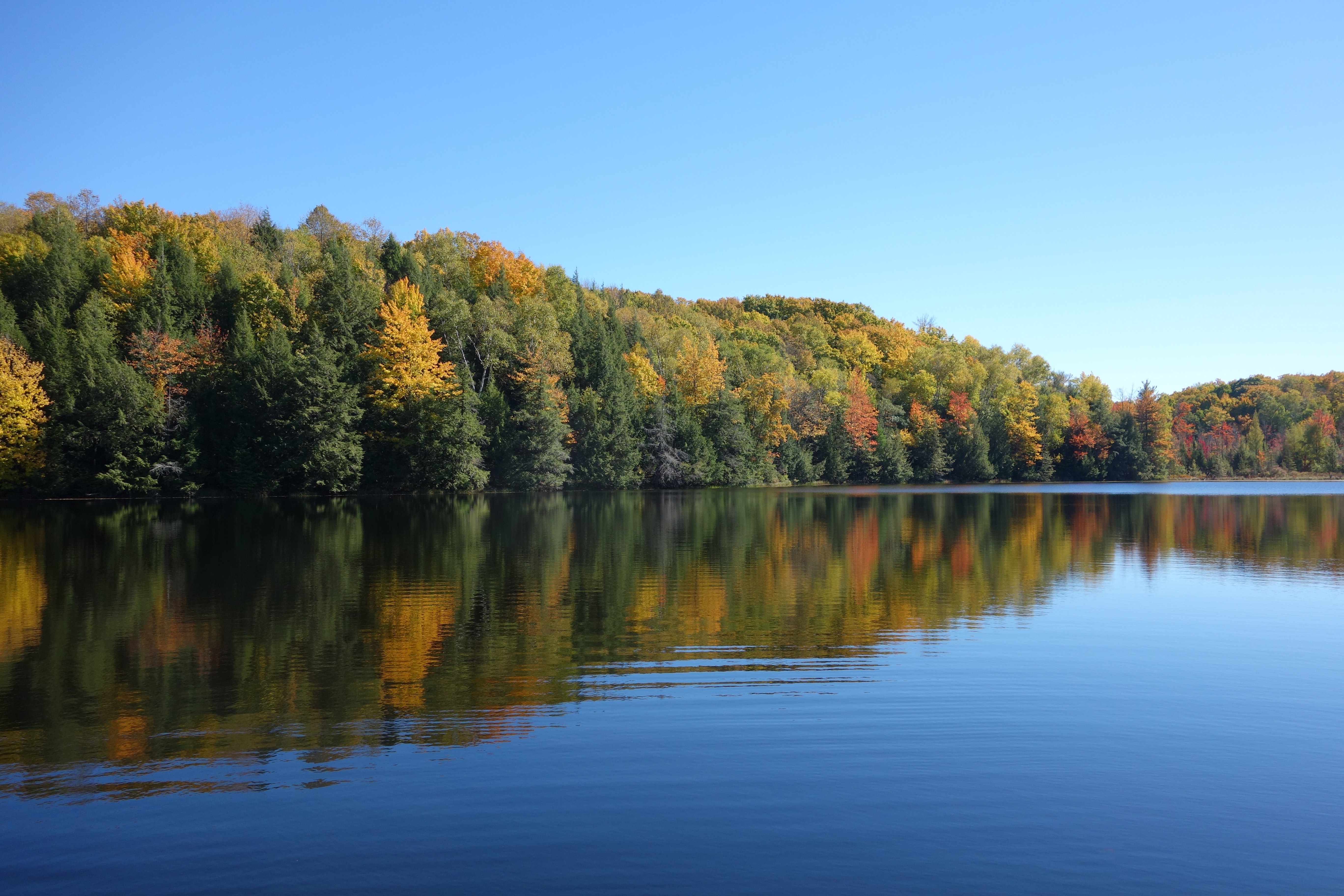- Geography: Located in the southern section of the Adirondack State Park.
- History: In the late 19th and early 20th centuries, Lake George was a spot sought out by well-known artists like Martin Johnson Heade, John F. Kensett, and Charlton Fortune.
- Activities: Marina waterfront dining, sailing, jet skiing, and water sports.
- Fun Fact: Nicknamed the Queen of American Lakes.
---------------
Lake Champlain, New York and Vermont
- Geography: Located in the Vermont and New York areas, situated across the Canada-U.S. border.
- History: Named after the French explorer Samuel de Champlain in 1609. In the 18th and 19th centuries, the ports of Burlington and Plattsburg were used for commercial and military purposes. Today, those ports are used by small crafts, ferries, and cruises.
- Activities: Fishing, ice fishing, skiing, canoeing, kayaking, swimming, exploring.
- Fun Fact: A natural freshwater lake.
---------------
- Geography: Located north of Charlotte, Lake Norman is fed by the Catawba River and drains into Mountain Island Lake.
- History: Made between 1959 to 1964 as part of the construction of the Cowans Ford Dam of Duke Energy.
- Activities: Fishing, sailing, water sports, marinas with boat launches, slips, and storage.
- Fun Fact: The largest man-made body of freshwater in North Carolina.
---------------
Lake Texoma, Oklahoma-Texas Border
- Geography: Located on the border of Oklahoma and Texas, covering over 93,000 acres.
- History: Created during WWII for flood control, hydropower, and water supply. Not until much later was the lake used for recreational purposes.
- Activities: Power boating, sailing, personal watercraft, water skiing, wind surfing.
- Fun Fact: Texoma, the surrounding area, is experiencing rapid economic growth due to the heavy tourism of Lake Texoma.
---------------
- Geography: Considered a reservoir on the Colorado River, between Utah and Arizona.
- History: In the late 1940s and early 1950s the US Bureau of Reclamation planned to make a series of Colorado River dams in Colorado, Utah and Arizona. The Glen Canyon Dam was built to flow downstream with Lake Powell as the aquatic bank built to aid the lower basin.
- Activities: Resorts, marinas, houseboating, fishing.
- Fun Fact: The lake is limited to a few marinas because it is surrounded by steep sandstone walls.
---------------
- Geography: A reservoir in the San Bernardino Mountains in California.
- History: In 1859, this valley became a hotspot for gold prospectors. When the miner, William F. Holcomb, came across a vein of quartz filled with gold, this area quickly became a popular mining scene in Southern California.
- Activities: Fishing, pleasure boating, water sports, personal watercraft.
- Fun Fact: The lake is completely snow-fed.
---------------
Lake Tahoe, Nevada and California
- Geography: A large freshwater lake located in California, which adjoins with Stateline Nevada.
- History: Another hotspot for the gold seekers of the 1840s. Lake Tahoe was also a transportation hub for mining and logging, prior to the development of trains.
- Activities: Fishing, pleasure boating, water sports, personal watercraft.
- Fun Fact: The lake is two million years old, making it among the world’s 20 oldest lakes.
---------------
- Geography: An inland lake located 15 miles from Minneapolis.
- History: The construction of hotels near the Lake started to boom during the 1870s. Large steamboats were the majority watercraft on Lake Minnetonka at this time.
- Activities: Boating, sailing, fishing, yacht clubs, swimming, kayaking, ice fishing.
- Fun Fact: The ninth largest lake at 14,528 acres.
---------------
- Geography: The only Great Lake located entirely in U.S. territory. It is shared by Wisconsin, Illinois, Indiana, and Michigan.
- History: In the late 19th century, Lake Michigan played a major role in the development of Chicago and the Midwest.
- Activities: Beaches, fishing, ferries, islands, parks, lighthouses, pleasure boating.
- Fun Fact: There are 59 lighthouses that stand on the beaches of Lake Michigan.




